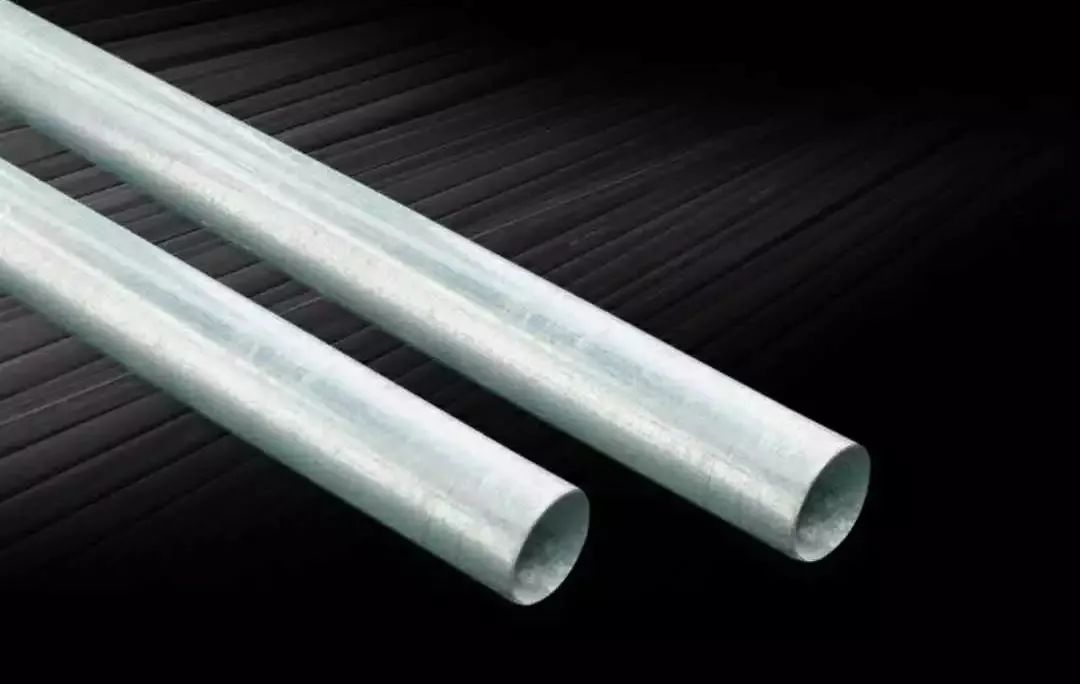Galvanized steel is generally a layer of zinc coated on the outside of low-carbon steel, and the zinc coating is generally 20μm thick. The melting point of zinc is 419°C and the boiling point is about 908°C.
The weld must be polished before welding
The galvanized layer at the weld must be polished off, otherwise bubbles, sand holes, false welding, etc. will be generated. It will also make the weld brittle and reduce rigidity.
Analysis of the characteristics of galvanized steel welding
During welding, zinc melts into liquid and floats on the surface of the molten pool or at the root of the weld. Zinc has a large solid solubility in iron. Liquid zinc will deeply erode the weld metal along the grain boundary, and low-melting-point zinc will form "liquid metal embrittlement".
At the same time, zinc and iron can form intermetallic brittle compounds. These brittle phases reduce the plasticity of the weld metal and produce cracks under tensile stress.
Welding fillet welds, especially fillet welds of T-joints, are most likely to produce through cracks. When galvanized steel is welded, the zinc layer on the groove surface and edge will oxidize, melt, evaporate under the action of arc heat, and volatilize white smoke and steam, which can easily cause weld porosity.
ZnO formed by oxidation has a high melting point, above 1800°C. If the parameters are too small during welding, ZnO slag inclusion will occur. At the same time, since Zn becomes a deoxidizer, FeO-MnO or FeO-MnO-SiO2 low melting point oxide slag inclusion will be generated. Secondly, due to the evaporation of zinc, a large amount of white smoke will be volatilized, which will irritate and harm the human body. Therefore, the galvanized layer at the welding point must be polished off.

Xinfa welding equipment has the characteristics of high quality and low price. For details, please visit: Welding & Cutting Manufacturers - China Welding & Cutting Factory & Suppliers (xinfatools.com)
How to control the galvanized steel welding process?
The pre-welding preparation of galvanized steel is the same as that of general low-carbon steel. It is important to carefully handle the groove size and the nearby galvanized layer. In order to weld through, the groove size should be appropriate, generally 60°~65°. A certain gap should be left, generally 1.5~2.5mm. In order to reduce the penetration of zinc into the weld, the galvanized layer in the groove can be removed before welding.
In actual supervision work, centralized groove making and no blunt edge process are used for centralized control. The two-layer welding process reduces the possibility of incomplete welding.
The welding rod should be selected according to the base material of the galvanized pipe. Generally, J422 is more commonly used for low-carbon steel due to easy operation.
Welding technique: When welding the first layer of multi-layer welds, try to melt the zinc layer and vaporize and evaporate it to escape the weld, which can greatly reduce the situation of liquid zinc remaining in the weld.
When welding fillet welds, try to melt the zinc layer in the first layer and make it vaporize and evaporate to escape the weld. The method is to first move the end of the electrode forward about 5~7mm, and then return to the original position and continue welding forward after the zinc layer melts.
In horizontal and vertical welding, if short slag electrodes such as J427 are used, the edge biting tendency will be very small. If the back and forth rod moving technology is used, it is more likely to obtain a defect-free welding effect.
Post time: Sep-05-2024



